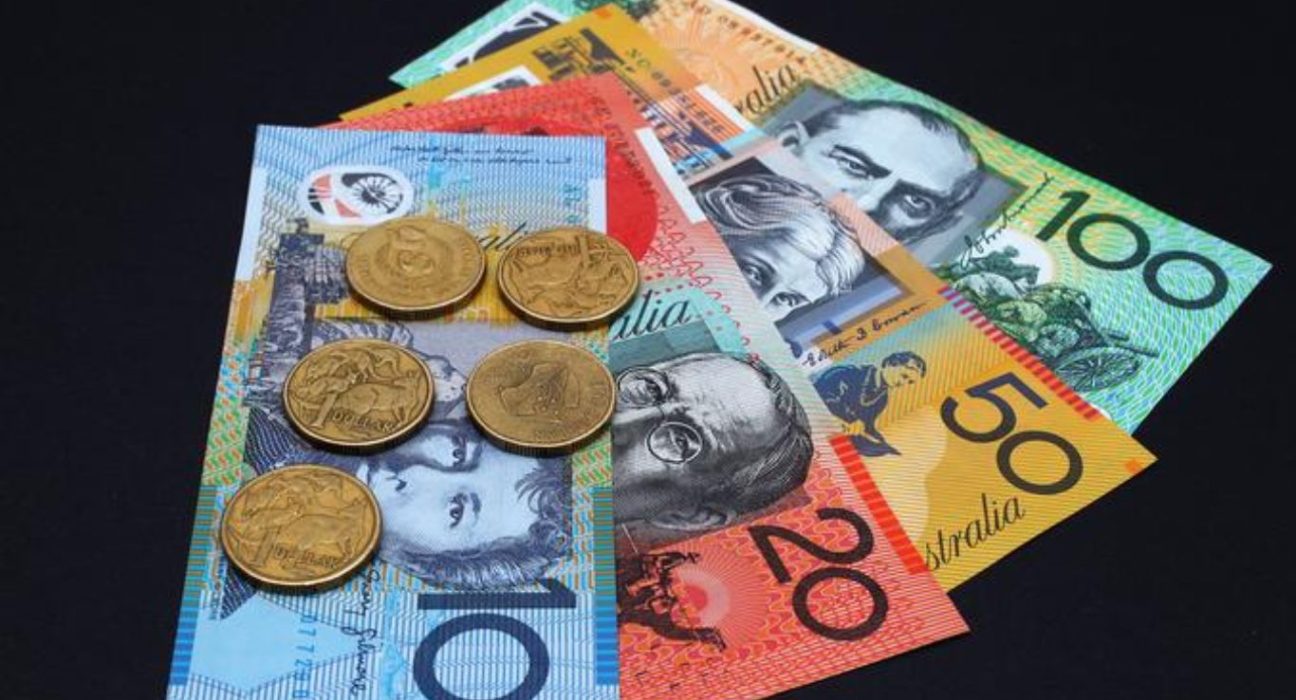Introduction
The Australian dollar witnessed a sharp decline against its peers, taking a significant hit as the latest consumer price index (CPI) inflation data fell short of expectations. The unexpected softening of CPI figures has led to growing speculations that the Reserve Bank of Australia (RBA) may put its interest rate hike plans on hold. The currency market is closely monitoring the situation, and investors are seeking insights into the potential implications of the RBA’s decision. In this article, we delve into the reasons behind the Australian dollar’s underperformance and explore the possible outcomes of the RBA’s policy stance.
RBA’s Interest Rate Hike Plans Fizzle Amidst Soft CPI Data
The Australian dollar, a stalwart in the currency market, has recently faltered in the face of disappointing CPI data. The nation’s inflation figures failed to meet market expectations, resulting in a bearish sentiment surrounding the currency. Investors and traders, who were eagerly anticipating the RBA to proceed with its interest rate hike cycle, were taken aback by the weaker-than-anticipated CPI readings. This sudden turn of events has raised concerns about the trajectory of the Australian dollar and prompted a reassessment of its value against its global counterparts.
CPI Data Sparks Speculations and Bets on Interest Rates
The softer-than-expected CPI inflation data has spurred speculations among economists, analysts, and market participants regarding the RBA’s future monetary policy decisions. With inflation showing signs of cooling down, experts are questioning the central bank’s earlier hawkish stance on interest rates. As the RBA’s primary mandate is to maintain price stability within the economy, the recent CPI figures have provided a clear signal that inflationary pressures might not be as significant as initially perceived. Consequently, market participants are now betting that the RBA might delay further interest rate hikes to support economic growth.
Global Economic Landscape and Impact on the Australian Dollar
The Australian dollar’s performance cannot be viewed in isolation, as the currency market is influenced by a myriad of factors, including the global economic landscape. Amidst the backdrop of ongoing international trade tensions, uncertainties surrounding the post-pandemic recovery, and varying central bank policies across major economies, currency traders are exercising caution. As the Australian dollar historically tends to be influenced by shifts in global commodity prices and market sentiment, the recent CPI data has intensified its sensitivity to external economic indicators.
Investor Sentiment and Flight to Safety
The softening of the Australian dollar has also prompted shifts in investor sentiment. Risk-averse investors are opting for safer assets, causing a flight to safety amid uncertainties in the currency market. As the Australian dollar struggles, traditional safe-haven currencies like the US dollar, Japanese yen, and Swiss franc are witnessing increased demand. Moreover, the downturn in the Australian dollar has implications for the nation’s trade and investment climate, affecting export-oriented industries and foreign investments.
RBA’s Dilemma: Balancing Growth and Inflation
The RBA is now faced with a challenging decision: whether to prioritize economic growth or control inflation. The soft CPI data may be an indicator of subdued demand, which can be detrimental to economic expansion. In response, the central bank must decide whether to maintain its hawkish approach towards interest rates to combat potential inflationary pressures or provide support to the economy through accommodative monetary policies. Striking the right balance between these two objectives is crucial to ensuring stable economic growth.
Market Expectations and Forward Guidance
As the RBA assesses the economic landscape and evaluates the impact of the latest CPI data, investors are closely monitoring the central bank’s forward guidance. Any hints or signals from the RBA regarding its future monetary policy decisions can significantly influence market sentiment and the Australian dollar’s performance. Traders are eagerly awaiting statements from RBA officials, speeches by key policymakers, and the central bank’s official press releases to gain insights into the RBA’s likely course of action.
Conclusion
The Australian dollar’s recent plunge, triggered by softer-than-expected CPI inflation data, has raised concerns about the RBA’s interest rate hike plans. With inflation showing signs of cooling down, investors are speculating that the central bank may put its monetary tightening cycle on hold. However, uncertainties in the global economic landscape and the RBA’s delicate balancing act between growth and inflation make the currency market highly unpredictable. Traders and investors will be closely watching for any hints or forward guidance from the RBA to navigate the Australian dollar’s path in the coming weeks.










